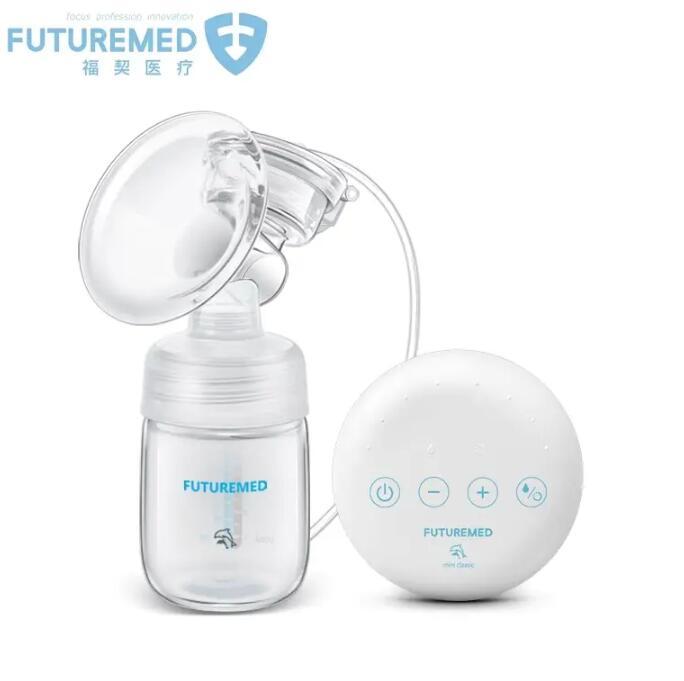Milk Regulators & Soakers: Essential Functions in Modern Dairy Systems

In dairy farming, the efficiency and productivity of milking operations are crucial to the success of the business. Milk regulator and milk soaker systems are two essential tools that help farmers improve milk collection processes, enhance milk quality, and ensure the overall health of the animals. These systems are designed to optimize milk extraction, minimize stress on the animals, and create a more effective milking routine for both the farmers and the cows.
A milk regulator is a device that ensures milk flows at a consistent and optimal rate during the milking process. This is particularly important as irregular milk flow can lead to inefficiencies, wasted time, and potential stress for the cows. By maintaining a steady flow of milk, the milk regulator helps to reduce discomfort and improve the efficiency of the milking process. This consistency also ensures that milk quality is maintained from the start to the end of the milking session, avoiding contamination from fluctuating pressure levels. In addition, the milk regulator can help prevent over-milking, which could lead to injuries such as udder damage.
On the other hand, a milk soaker is designed to prepare the cow’s udder before milking by thoroughly soaking and cleaning it with a sanitizing solution. This ensures that the udder is free from dirt, bacteria, or any residues that may contaminate the milk during milking. Proper pre-milking hygiene is essential for ensuring the milk’s safety and quality, as well as for preventing infections like mastitis. Mastitis is a common issue in dairy cows that can lead to reduced milk production and lower milk quality. By using a milk soaker, farmers can reduce the risk of infections and maintain a clean and healthy environment for their cows.
Both the milk regulator and milk soaker play significant roles in maintaining the health and comfort of the cows. By regulating milk flow, the milk regulator minimizes stress on the animal, preventing injuries from excessive pressure or incorrect milking techniques. Similarly, the milk soaker’s role in pre-milking hygiene ensures that the cows' udders remain free of infections, thereby enhancing the overall health and productivity of the herd.
These systems not only contribute to animal welfare but also to the quality of milk produced. Clean, healthy cows produce higher-quality milk, which is essential for ensuring that dairy products meet the required standards for both taste and safety. With more consistent milk flow and better hygiene practices, farmers can improve the overall output and profitability of their dairy operations.
In conclusion, milk regulators and milk soakers are vital components of a dairy farm’s milking system. They help maintain milk quality, ensure animal comfort, and improve overall milking efficiency. For dairy farmers looking to optimize their operations and maintain high standards of milk production, investing in these systems is an effective way to promote animal health and achieve higher-quality milk.
- Art
- Causes
- Crafts
- Dance
- Drinks
- Film
- Fitness
- Food
- Jogos
- Gardening
- Health
- Início
- Literature
- Music
- Networking
- Outro
- Party
- Religion
- Shopping
- Sports
- Theater
- Wellness


